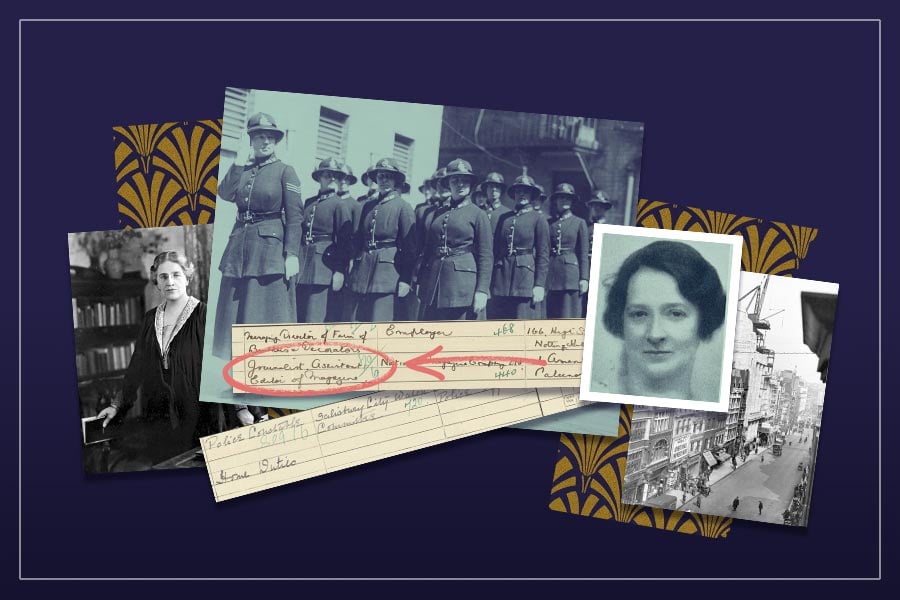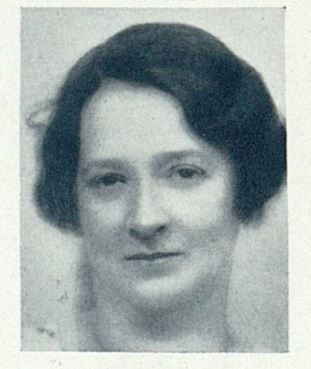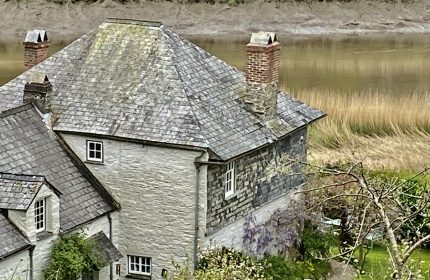The pioneering women of the 1920s
The 1920s was a transformative decade for women in Britain. Findmypast family history expert, Mary McKee shines a light on some of the females who blazed trails and broke down barriers.
The ‘Roaring Twenties’ saw the expansion of women’s suffrage, a massive imbalance between the number of women to men in the country, reform to divorce laws, the passage of the Sex Disqualification Act, and Britain’s first birth control clinic.
Let’s celebrate some of the lesser known pioneering women of the 1920s while paying homage to the foundations laid by the women of the late 19th century.
Women in medicine
The fight for women to enter the male-dominated world of medicine began in the 19th century. Some of the outdated arguments against women working in medicine included a lack of physical strength, monthly ‘insanity’ and their brains being less suited but more acute was the threat of competition with male physicians. Others argued that women should be in medicine because of their female perspective, ability to empathise more with patients and continuous push for equality between the sexes.
The first woman to be accepted on the Medical Register in Britain was Elizabeth Blackwell. She had first qualified as a doctor in America, and it was this international degree that allowed her to practice medicine in the UK. Blackwell became a mentor to Elizabeth Garret Anderson, who became the first woman to qualify in Britain as a physician and surgeon.
Without the work of these women and others, Louisa Martindale wouldn’t have been able to make the impact that she did on medicine. She was born in Essex in 1832 and from an early age, yearned to become a doctor. Martindale studied at Royal Holloway, University of London and in 1906, gained her Doctor of Medicine.
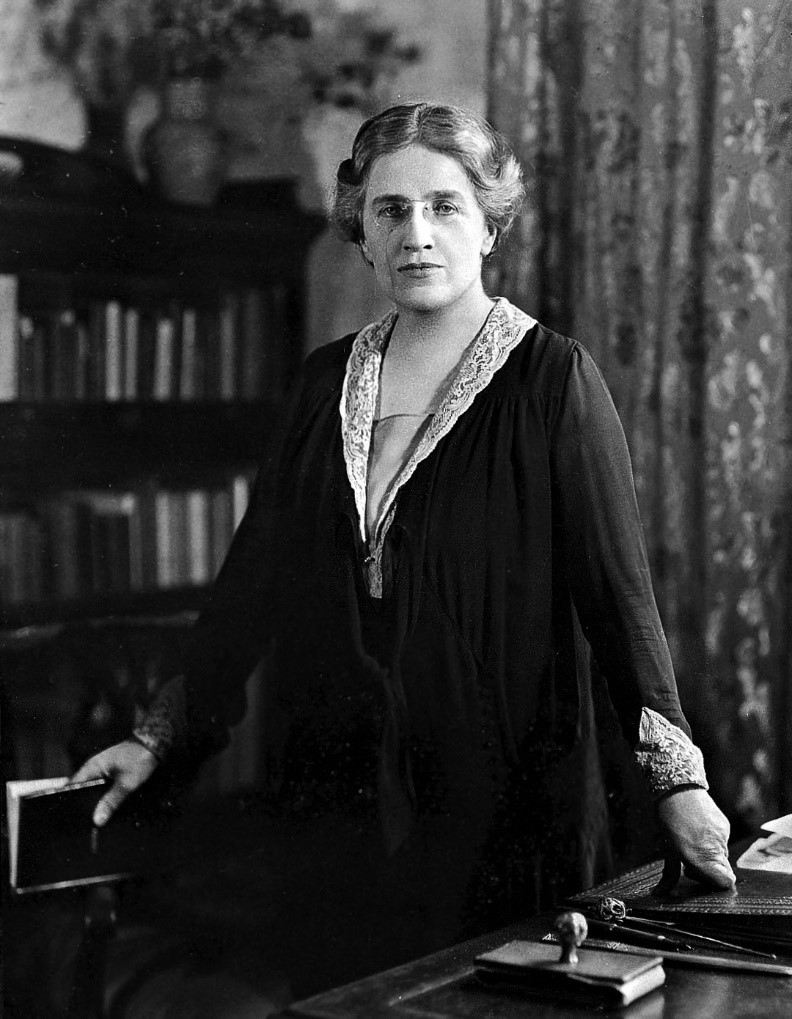
Louisa Martindale, President of the Medical Women’s Federation (1930-1932)
Dr Martindale opened her own practice in Brighton and her career went from strength to strength. She was the first woman to be appointed to the Council of the Royal College of Obstetricians and Gynaecologists and was a pioneer in the treatment of cervical cancer by using x-ray to treat cancer.
During her career, Louisa Martindale performed over 7,000 operations. After retirement, she wrote her autobiography, A Woman Surgeon and dedicated an entire chapter to her same-sex partner Ismay Fitzgerald.
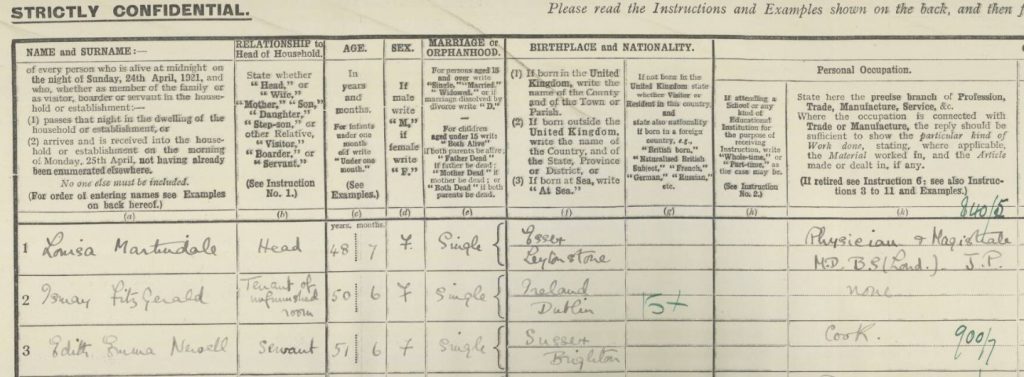
Louisa Martindale’s entry on the 1921 Census of England & Wales. © Crown Copyright Images reproduced by courtesy of The National Archives, London, England. Click to view her full record.
In the 1921 Census, we find Louisa Martindale, physician and magistrate, living with Ismay Fitzgerald in Hove, Sussex.
Women in journalism
In Findmypast’s extensive collection of British and Irish newspapers, you can spot female journalists reporting the news as far back as the 18th century and then an increase in the 19th century as newspapers became more accessible. The first full-time female journalist was Eliza Lynn Linton who worked for the Morning Chronicle in 1848.
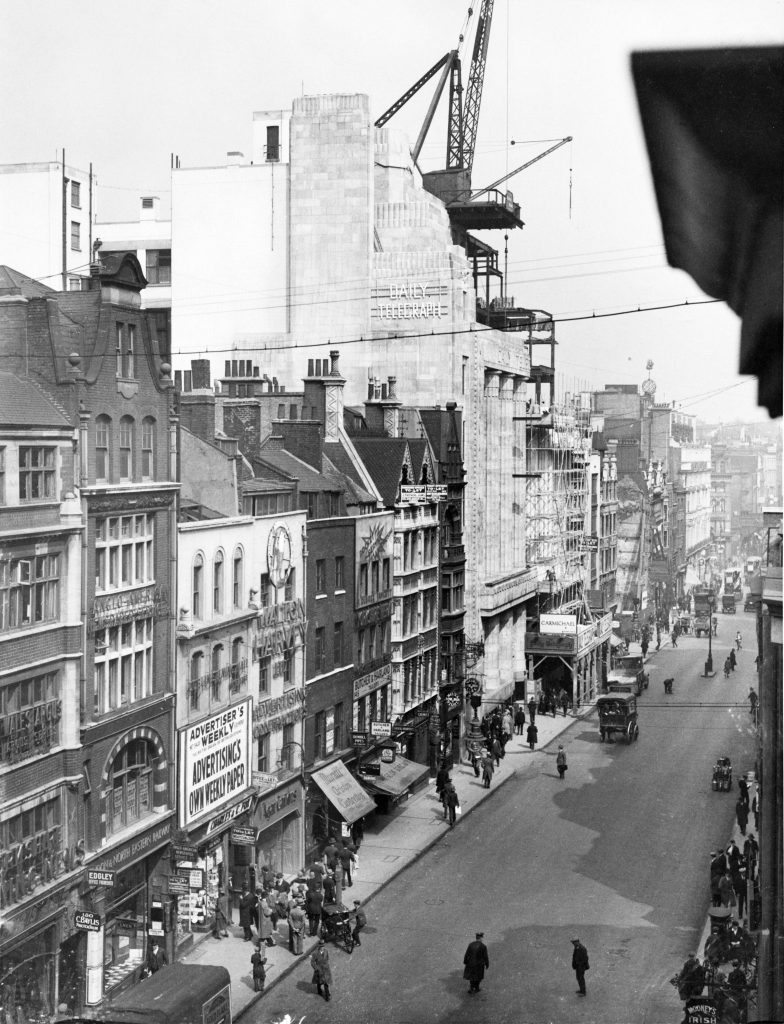
Fleet Street, London, the centre of the British press, in 1928 © Mirrorpix / Reach PLC. Click to view in more detail in the Findmypast Photo Collection.
In the 1920s, women were challenged by both the desire to pursue more career equality in the workplace alongside upholding the importance of home duties and the domestic ideal. Furthermore, as the country saw fewer women returning to domestic service, more middle-class women became responsible for maintaining the home.
Throughout the decade, the popularity of magazines such as Home Chat, Peg’s Paper, Women and Home, Modern Women and Good Housekeeping grew. Good Housekeeping was a popular magazine in America owned by the media mogul, William Randolph Hearst. In 1922, he brought this women’s interest magazine to Britain and placed Alice Head at its helm.
She became editor of both of Hearst’s British magazines, Nash’s Magazine and Good Housekeeping. Head was not Britain’s first female editor of a national title, that accolade goes to Rachel Sassoon. Sasson became editor of The Observer in 1891.
Alice Head had years of journalism experience and in 1921 we see her listed in the census as editor at the National Magazine Company.
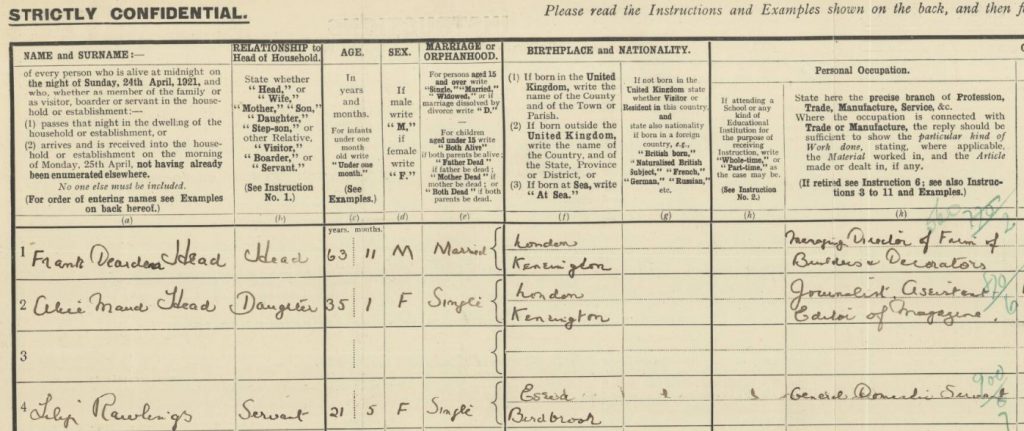
Alice Head’s 1921 Census record © Crown Copyright Images reproduced by courtesy of The National Archives, London, England. Click to view her full record.
When Miss Head became editor of Good Housekeeping, the intention of the publication was to talk about the:
‘’burning questions of the day reflected each month in articles by women in the public eye, known for their sound grasp of their subject – by women who can lead women, and who are fearless, frank, and outspoken’’.
Head invited accomplished women and feminists to contribute to the magazine including author Virginia Woolf, politician Violet Bonham Carter, and veteran suffragist Millicent Fawcett. The Sphere reported that Alice Head was the highest-paid woman in Britain.
Women in the police force
Before the First World War, women worked alongside the police force and the courts as matrons. They were employed as civilians to assist with female prisoners. During the war, Britain saw the emergence of the Women’s Police Service, a volunteer force. This force triggered discussions about whether women should be full members of the police force.
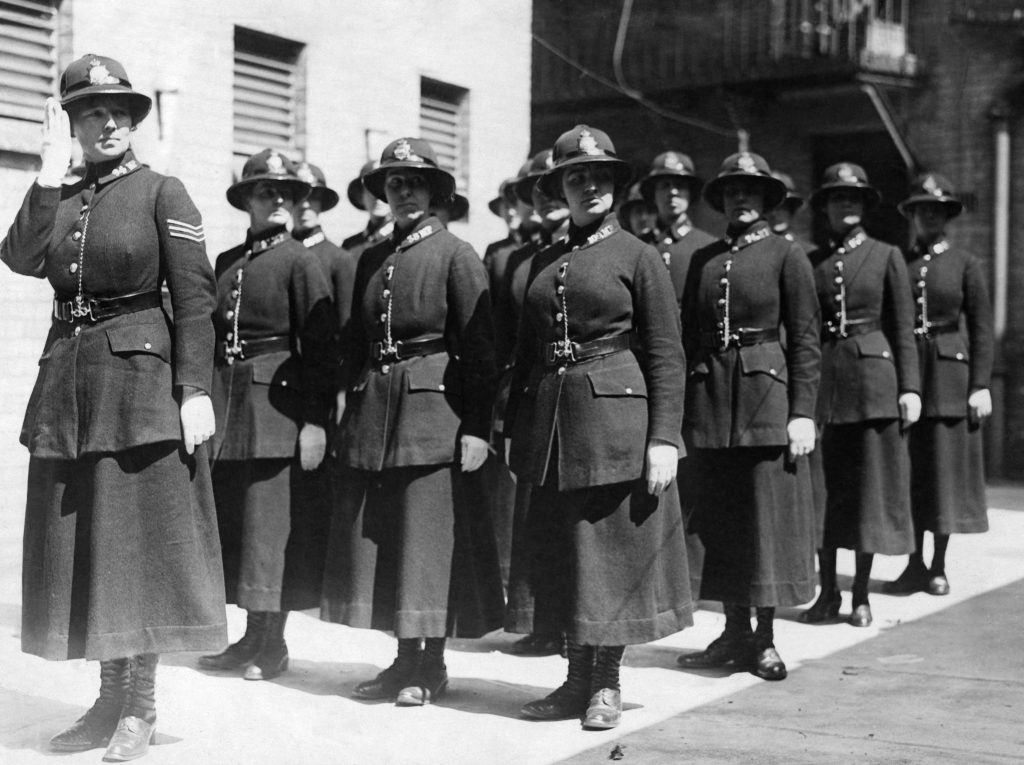
A squad of policewomen at exercise, March 1921 © Mirrorpix / Reach PLC © Mirrorpix / Reach PLC. Click to view in more detail in the Findmypast Photo Collection.
A letter to Votes for Women in August 1914 from Bella Sidney Woolf outlines the desire for women police constables to be guardians of the innocent. Entitled The Need for Women Police, Woolf describes a particularly disturbing incident where a ten-year-old girl was subjected to an indecent assault:
“This incident speaks for itself. It is bad enough that a young child’s mind should be upset by such a frightful occurrence, but it is almost as bad that she should be expected to describe it to a man. It is surely here that a tactful and sympathetic woman is needed to help preserve the bloom of innocence and modesty that has received so rude a shock.”
The first woman to become a police officer with the full power to arrest was Edith Smith in 1915. Smith was training to be a midwife and then in 1914 became part of the Women Police Volunteers. Like Smith, Florence Mildred White also left her career to serve with the volunteer police during the First World War. White had been a teacher of modern language at Godolphin School in Salisbury. When the call to serve came, she changed her career trajectory and joined up with the Women’s Police Service in Bath.
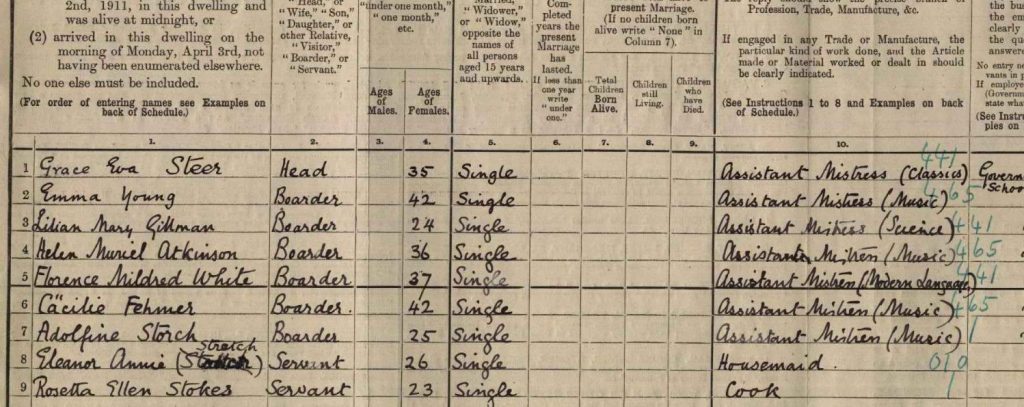
Florence White listed fifth on this household return from the 1911 Census of England & Wales © Crown Copyright Images reproduced by courtesy of The National Archives, London, England. Click to view her full record.
That career change led to a series of firsts. At the age of 44, White became the first woman to join the police force and be attested as a constable, the first woman to receive a police pension and then later she became the first female inspector.
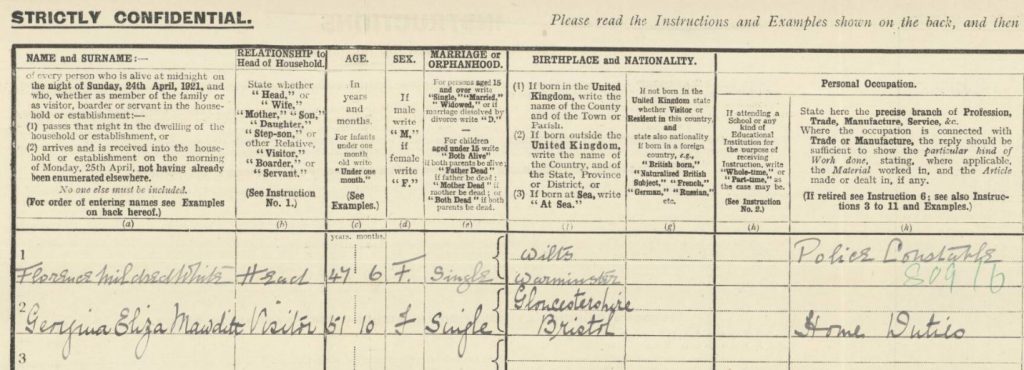
In the 1921 Census, Florence White’s occupation is ‘Police Constable’ © Crown Copyright Images reproduced by courtesy of The National Archives, London, England. Click to view her full record.
Constable Florence White left the Salisbury Police Constabulary in 1925 and became a Lady Enquiry Officer with Birmingham Police Force’s Criminal Investigation Department. She conducted 577 investigations in her first year. Florence White retired in 1937. Without women like Edith Smith and Florence White jumping at the chance to become a part of a police force, we wouldn’t have the thousands of policewomen we have today.
We have looked at the incredible careers of Dr Louisa Martindale, Constable Florence White, and Editor Alice Head. Three remarkable women who made advancements in their fields never seen before for a woman. We pay homage to their courage to break the status quo.
Were your female ancestors pushing boundaries in the man’s world of the 1920s or were they family matriarchs working hard to put food on the table? Perhaps they were doing both. Find out by discovering their amazing stories in the 1921 Census, only online at Findmypast.
ADVERTORIAL
Lisa Lawrenson
Latest posts by Lisa Lawrenson (see all)
- Masterclass: How to grow a thick healthy lawn - March 31, 2024
- Lawn care – dealing with moss and thatch - March 22, 2024
- A beginners guide to Artificial Intelligence and Chat GPT - February 29, 2024
- 10 minute tutorial: How to arrange supermarket lillies into a stunning floral arrangement - January 1, 2024
- 10 health changes women should watch out for after 50 - January 1, 2024








